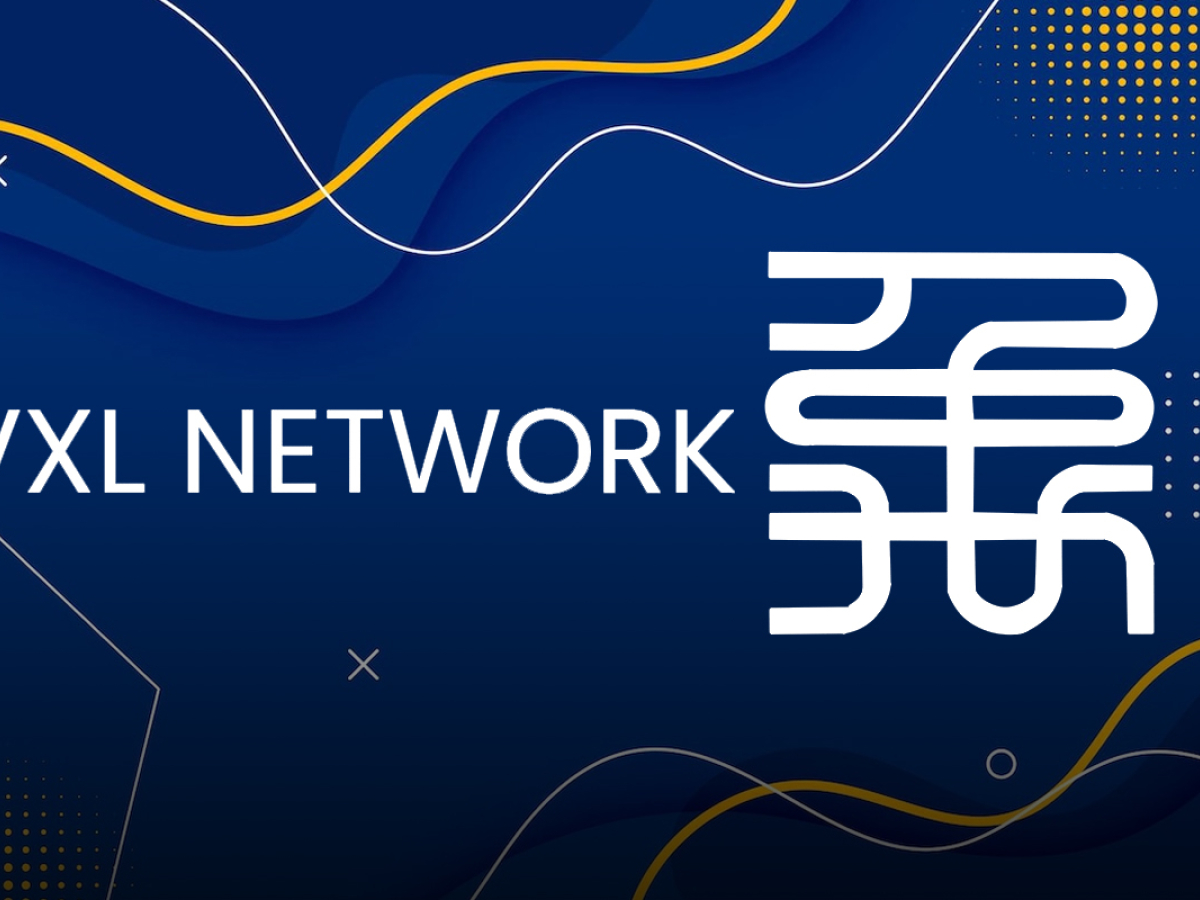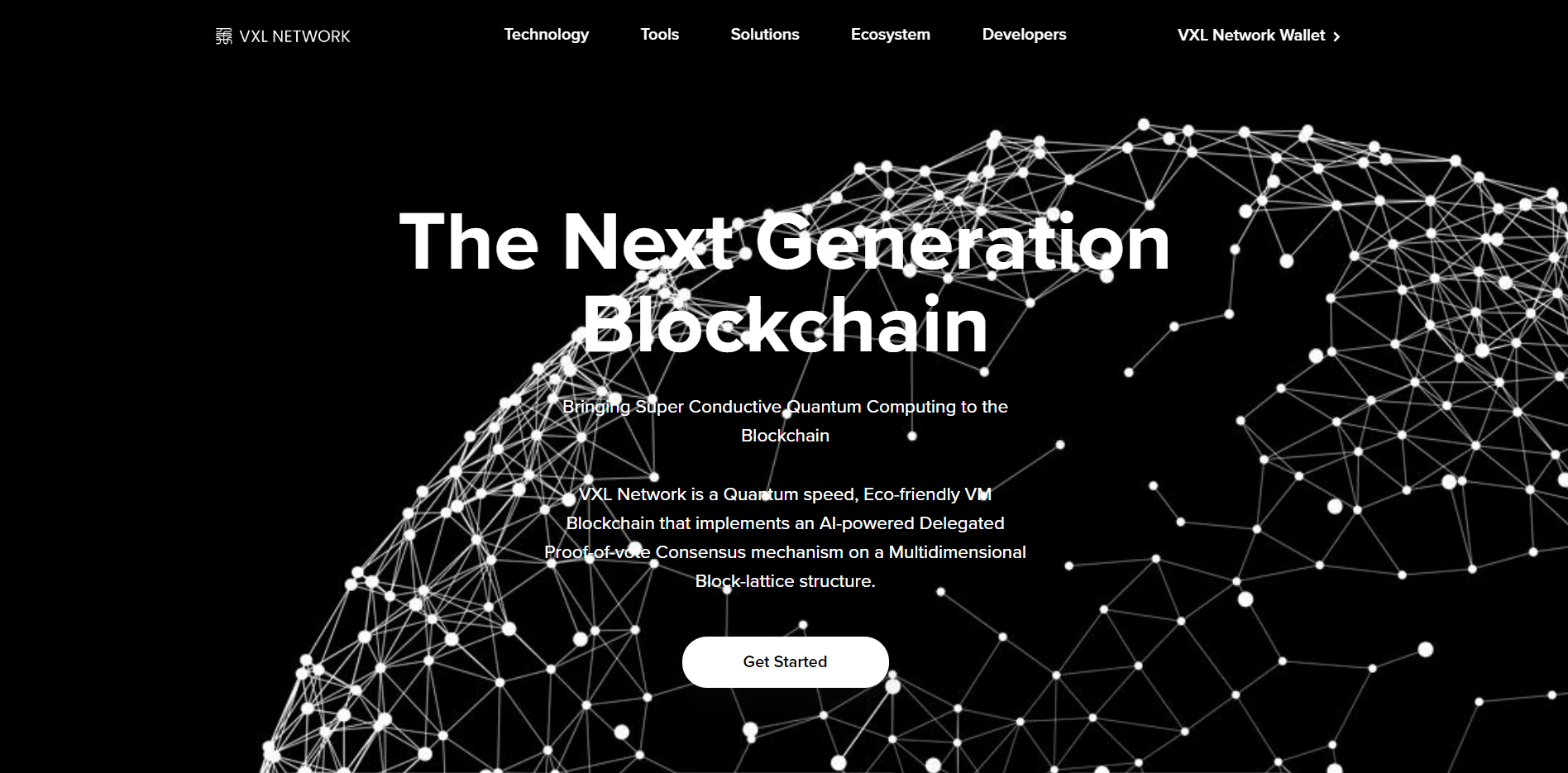
VXL Network releases a yellow paper to explain benefits and key tech features of its “Block Lattice” platform
Contents
Launched by a heavy-hitting team of cryptocurrency enthusiasts, VXL Network platform proudly introduces its Block Lattice structure that empowers heterogeneous parallel chains with smart contracts functionality.
From Block Lattice to Network-as-a-Service: Introducing VXL Network
According to a yellow paper recently released by the VXL Network team, its product is set to merge the benefits of multiple B2B concepts, including the likes of Infrastructure-as-a-Service (IaaS), Platform-as-a-Service (PaaS) and Software-as-a Service (SaaS). As such, it is among the first Network-as-a-Service products on fintech markets.

Besides “fintech-native features,” it also includes some instruments for secure and attack-resistant data transfer. VXL Network can be used by organizations and retail clients as a Virtual Private Network (VPN) provider, bandwidth-on-demand vendor, custom routing service, multicast protocol, security firewall, malefactor detection protocol, content filtering module and antivirus tool.
Unlike the majority of “old-fashioned” blockchains like Bitcoin, Ethereum and so on, VXL Network adheres to a Block Lattice architecture. Somehow similar to Avalanche’s Subnets and Polygon’s Supernets, it allows the coexistence of parallel blockchains in a single protocol.
This paves the way to a completely new level of scalability and interoperability that can be achieved by synchronous BFT ledgers of the first generation.
Self-learning blockchain for post-quantum era
The revolutionary AI-powered Delegated Proof-of-Vote (AIDPOV) consensus mechanism is the secret sauce behind VXL Network’s solutions. It can be run on quantum computers, allowing it to set new benchmarks in terms of speed, security, scalability, computational effectiveness and carbon neutrality.
Unlike Proof-of-Work (PoW) consensus, AIDPOV does not support mining operations; besides eco-friendliness, it significantly lowers the barrier to entry for blockchain newbies.
VXL Network’s own Quantum Virtual Machine (QVM) runs smart contracts that make VXL Network suitable for all sorts of dApps and DeFis. Also, the protocol is suitable for on-chain referendums, elections and voting. This virtual machine can be compared to Ethereum 2.0 in terms of speed and scalability. Quantum Virtual Machine (QVM) is fully Turing-complete; it supports different programming languages such as Golang, C, Java and C++.
VXL Network’s design includes two types of smart contracts, namely Token Smart Contract for new token issuance in the blockchain’s ecosystem and the Asset Smart Contract for digital assets that do not register as tokens. Asset Smart Contracts can be used for the real-world application of a blockchain technology, such as in communication services, transportation services, IoT devices and so on.
Its balanced and sophisticated node design boasts inherent anti-centralization; it also allows for the existence of different token systems without reducing bandwidth or increasing fees. As such, no entity can be powerful enough to initiate a 51% attack against the blockchain. VXL Network’s team indicates two types of node ecosystem participants: “rich nodes” and “middle class nodes.”
Different nodes allow network participants with various initial deposits to contribute to network health as validators, “bookkeepers” and so on. In future releases, the protocol will also be able to support sharding, i.e., splitting up the ecosystem into interconnected shards.
